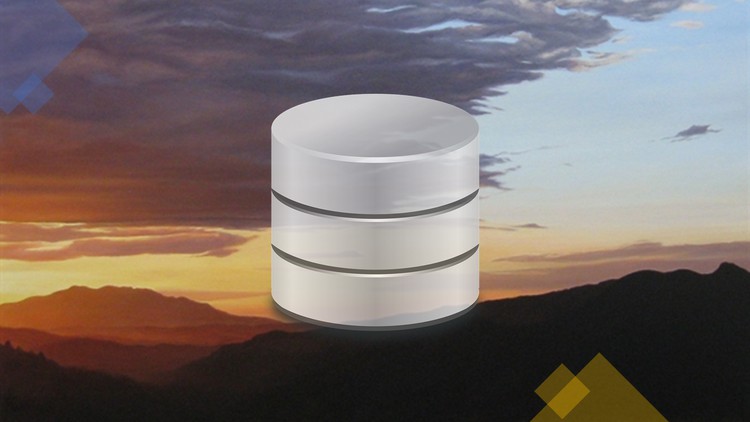The Complete SQL Course with MySQL Database – Learn by Doing
For advanced data analysis, data analytics, and more, learn SQL. You can also learn SQL for business intelligence and more.
What you’ll learn
The Complete SQL Course with MySQL Database – Learn by Doing
- Data Analysis: How to write MySQL queries for this
- Different types of joins are used to query multiple tables at the same time.
- To learn how to use MySQL Workbench, read on.
- Actually, you learn how to write SQL by solving problems during the course.
- Subqueries and window functions are two ways to write queries that make sense.
- GROUP BY is a way to combine data.
- There are a lot of ways to make a group.
- Become familiar with SQL and MySQL, so you can apply for jobs in the IT field.
- In the database, you can make and change things like tables.
- Master tips and case studies that you won’t find anywhere else, so you can be better at your job.
Requirements
-
There is no need for previous experience. We will start at the very beginning.
Description
Learn how to write correct and efficient SQL like a pro!
To learn more about SQL queries in a relational database, take this course. You will learn how to both read and write complex SQL queries (MySQL). There are many other major database systems, like PostgreSQL and Oracle Database, that you can use the skills you learn here.
SQL is one of the fastest ways to get ahead in your job. This is because SQL is always one of the most sought-after skills in the tech and business fields. This is because people who can work with data and manipulate it quickly are going to be in high demand for a long time to come. SQL lets you be your own person at work. When you use this, you can quickly find out what you want to know.
There are a lot of things that can make SQL seem easy at first, but they quickly become complicated. People often write SQL queries without realizing that they are getting an incorrect answerback. This class is designed to be both accurate and easy to understand.
You will learn how to write SQL in a way that doesn’t make a lot of mistakes. Not only that, but you will get a visual guide to the SQL language by seeing how queries work step-by-step. This will help you learn the language. In this course, you will learn everything you need to know about the SQL language.
I think the best way to learn SQL is to write a lot of SQL. For that reason, this course has more than 80 coding challenges where you get to write SQL queries and make database objects like tables and stored procedures, such as tables and stored procedures. These problems are based on real-life situations and are meant to help students understand them better.
All you need to know about SQL will be taught in this class. Including:
- Take a look at two of the most popular SQL tools in the world: MySQL Database and MySQL Workbench, both of which are easy to use.
- Learn how to use SQL to do data analysis and data analysis. Including more advanced search techniques
- The first thing to do is learn the basics of the relational model and the SQL language, such as how to use them.
- Using aggregate functions and the GROUP BY command to look at data in a new way
- When you use string and date functions, you can make more complex queries.
- Learn how to use logical operators to make your SQL queries more logical.
- Learn how to write subqueries that are both self-contained and linked to each other.
- Find out how to do calculations across partitioned rows using window functions, like the x function.
- The different types of JOIN commands will help you learn how to join data.
- Learn how to do more complicated joins, like joining more than two tables and joining on more than one column at a time.
- Learn how to make tables and make sure they aren’t empty.
- How to change, add, and delete data
- Then, you can learn more about transactions in MySQL
- This course will teach you how to write more advanced SQL. You will learn how to write stored procedures, window functions, and common table expressions.
- Understand and Apply Database Design – Learn how to put your data in a relational database in the right way. Data normalization up to and including the Boyce-Codd Normal Form is covered in this part.
- and much, much more!
In this course, you’re in charge. You write SQL all the time, instead of watching someone else do it, so you’re in charge. Build your skills by taking on new tasks that are based on real-world tasks and situations.
Who this course is for:
- Anyone who wants to become a SQL developer, a database administrator, a business analyst, or a person who does business intelligence.
- People who have written SQL in the past but want a refresher or to learn more about it again.










